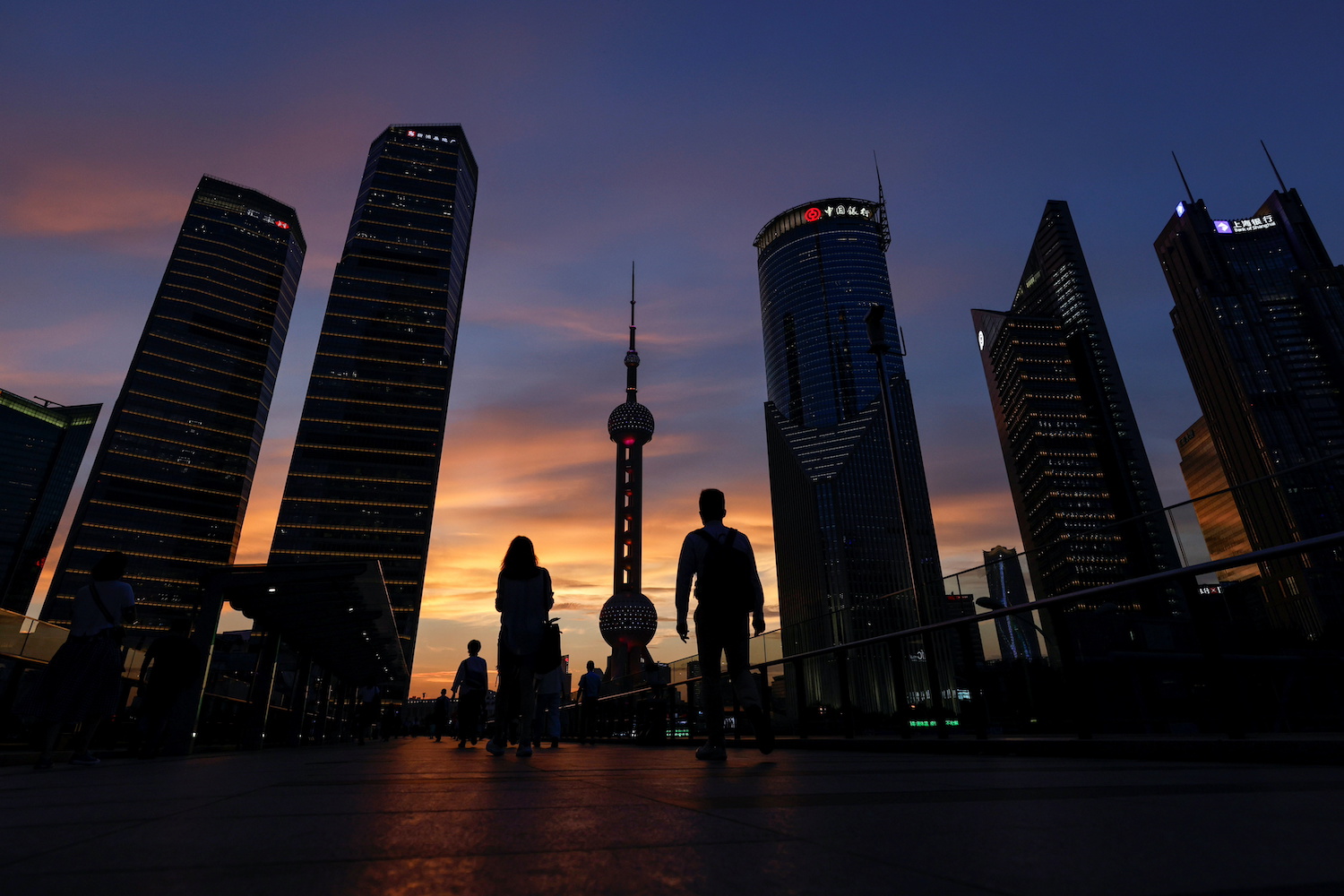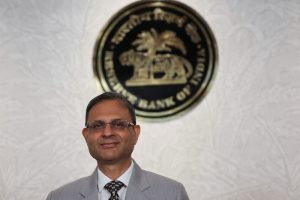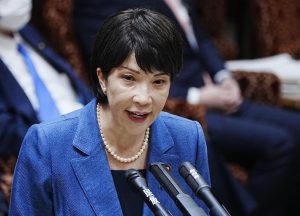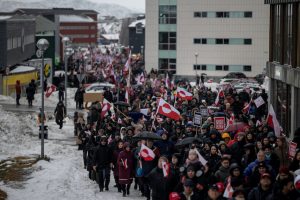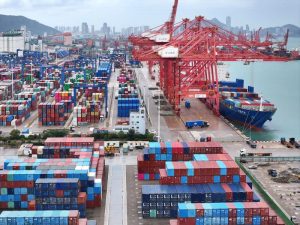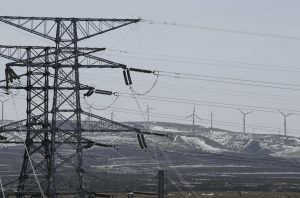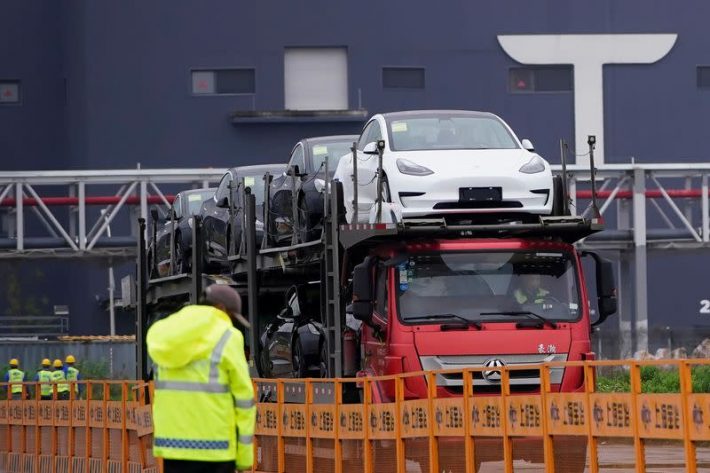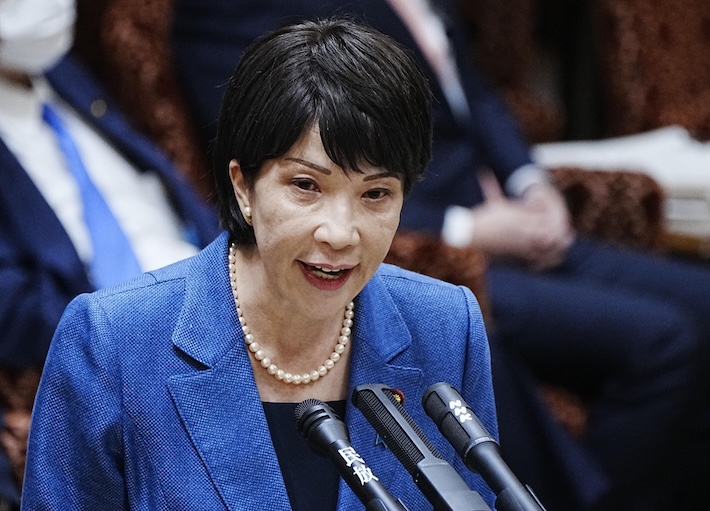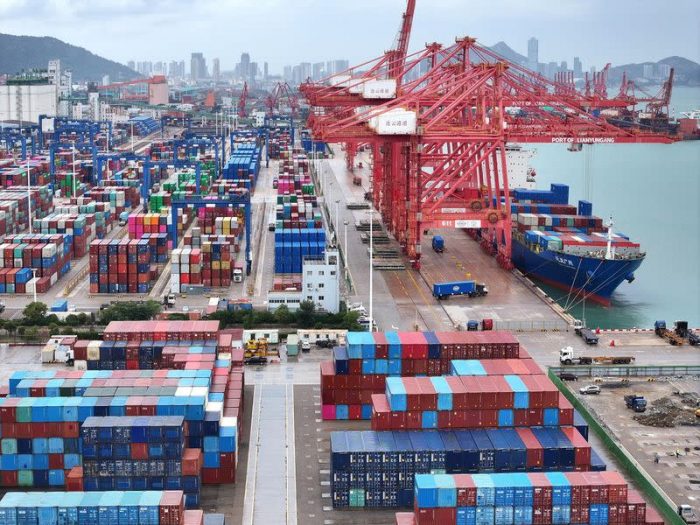• GDP expanded 7.9% in the April-June quarter from a year earlier
• Investors watching PBOC for signs of shift in stimulus stance
China’s economy grew slightly more slowly than expected in the second quarter – weighed down by higher raw material costs and new Covid-19 outbreaks – as expectations build that policymakers may have to do more to support the recovery.
Gross domestic product (GDP) expanded 7.9% in the April-June quarter from a year earlier, official data showed on Thursday, missing expectations for a rise of 8.1% in a Reuters poll of economists.
Growth slowed significantly from a record 18.3% expansion in the January-March period, when the year-on-year growth rate was heavily skewed by the Covid-induced slump in the first quarter of 2020.
Also on AF: Winners and Losers From China’s Sweeping Crackdown on Big Tech
Retail sales and industrial output grew more slowly in June, the latter dragged by a sharp fall in motor vehicle production, while NBS data also showed a cooling in China’s housing market, a key engine of growth.
But June activity data still beat expectations, providing some relief to investors concerned about a slowdown after the central bank announced policy easing last week.
“The numbers were marginally below our expectation and the market’s expectation [but] I think the momentum is fairly strong,” said UOB economist Woei Chen Ho in Singapore.
“Our greater concern is the uneven recovery that we’ve seen so far and for China the recovery in domestic consumption is very important… retail sales this month was fairly strong and that may allay some concerns.”
EXPORT DEMAND
While the world’s second-largest economy has rebounded strongly from the Covid-19 crisis, buoyed by solid export demand and policy support, data releases in recent months have suggested some loss in momentum.
Higher raw material costs, supply shortages and pollution controls are weighing on industrial activity, while small virus outbreaks have kept a lid on consumer spending.
Investors are watching to see if the central bank is shifting to an easier policy stance after the People’s Bank of China (PBoC) announced last week it would cut the amount of cash that banks must hold as reserves, just as some other central banks begin or start thinking about exiting pandemic-era stimulus.
Average second quarter growth in 2020 and 2021 was 5.5%, up slightly from a 5% average for the first quarter, according to the National Bureau of Statistics.
‘UNEVEN RECOVERY’
On a quarterly basis, GDP expanded 1.3% in the April-June period, the NBS said, just beating expectations for a 1.2% rise in the Reuters poll. The NBS revised down growth in the first quarter from the fourth quarter last year to 0.4%.
“The domestic economic recovery is uneven,” said Liu Aihua, an official at the NBS at a briefing on Thursday. “We must also see that the global epidemic continues to evolve, and there are many external instabilities and uncertain factors,” she said.
Premier Li Keqiang reiterated on Monday that China would not resort to flood-like stimulus. Some market watchers, though, say a cut in the country’s benchmark loan prime rate may be next, possibly as early as next week.
“Based on the current situation, if policymakers do not act, the GDP figure in Q4 could fall out of the reasonable range as data from last Q4 was shining,” said Xing Zhaopeng, senior China strategist at ANZ in Shanghai. “I expect the government to roll out targeted easing measures.”
RETAIL SALES
The NBS data showed China’s industrial output grew 8.3% in June from a year ago, slowing from a 8.8% rise in May. Economists in the poll had expected a 7.8% year-on-year rise.
Retail sales grew 12.1% from a year earlier in June. Analysts in the poll had expected a 11.0% increase after May’s 12.4% rise.
Fixed asset investment grew 12.6% in the first six months of 2021 from the same period a year earlier, versus a forecast 12.1% uptick and down from a 15.4% jump in January-May.
- Reporting by Reuters
Read more:
China Says US has ‘Sinister Intentions’ After Bill to Ban Xinjiang Products Passes
Pressure on US Regulator to Accelerate Chinese Company Delisting Plan: FT




